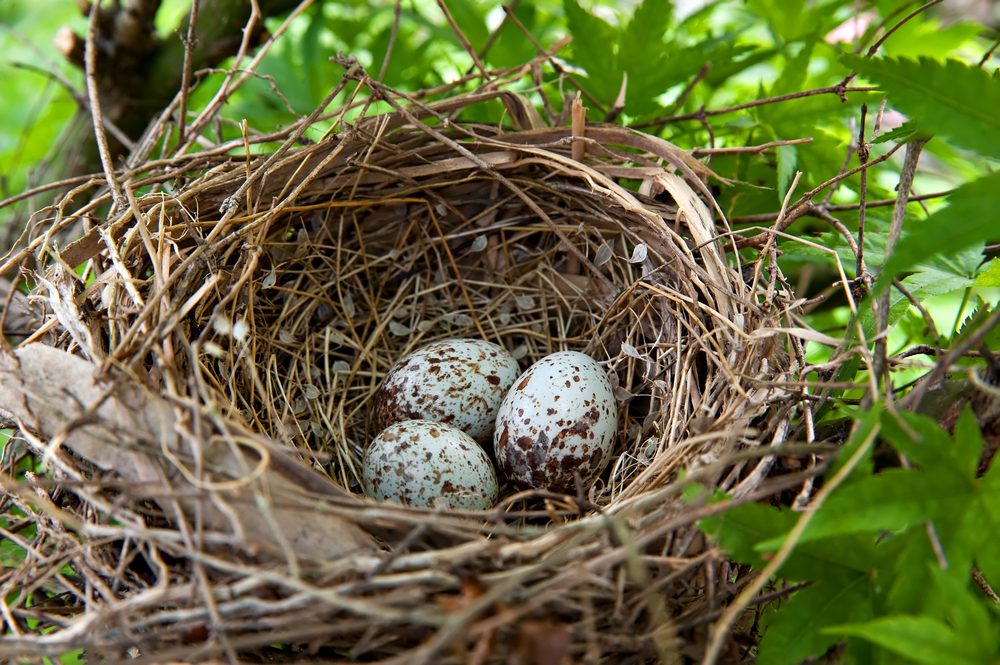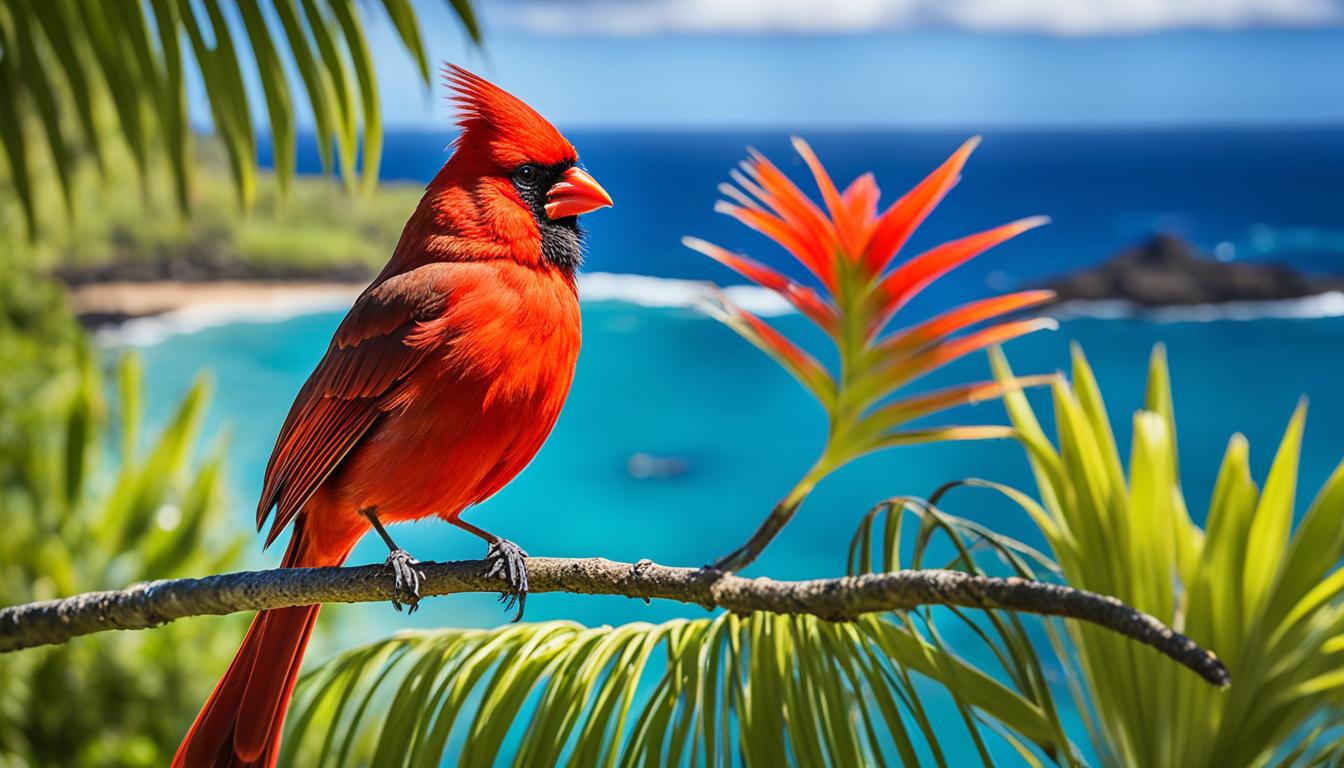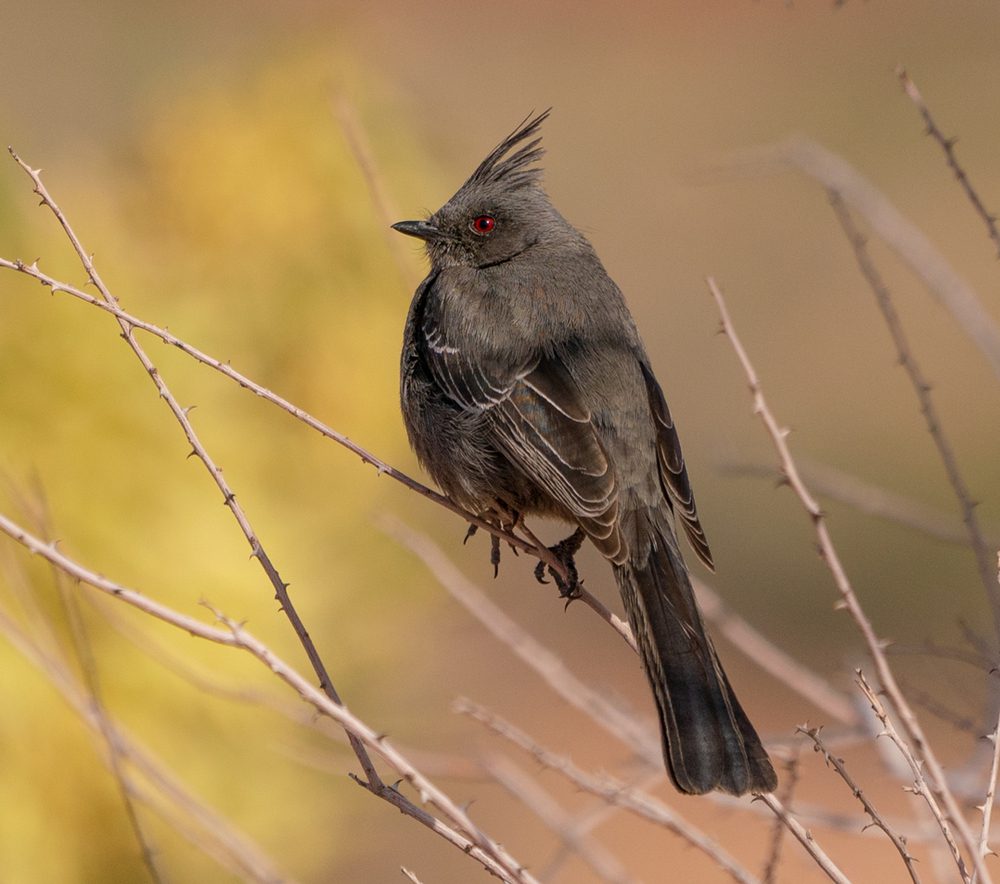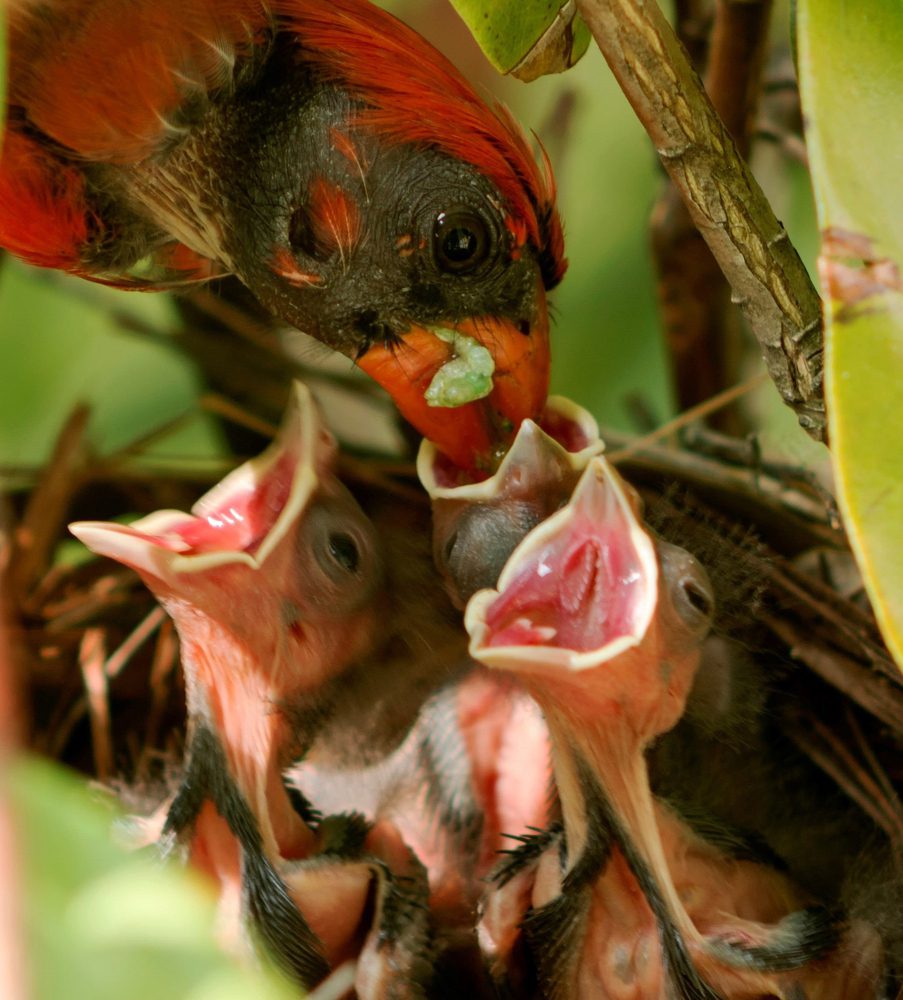The red-winged blackbird migration is a very common sight across much of America. The males are unmistakable with their jet-black bodies and bright red shoulder patches bordered with yellow. These colorful patches can be puffed up to defend territories or attract mates. Females have a more subdued brown and streaky appearance.
These medium-sized blackbirds thrive in wetland habitats and can often be spotted perched atop cattails or along marshy roadsides. Their loud calls and tumbling songs are a familiar sound of springtime as they return to nesting grounds.
Table of Contents
The Migration of Red-winged Blackbirds
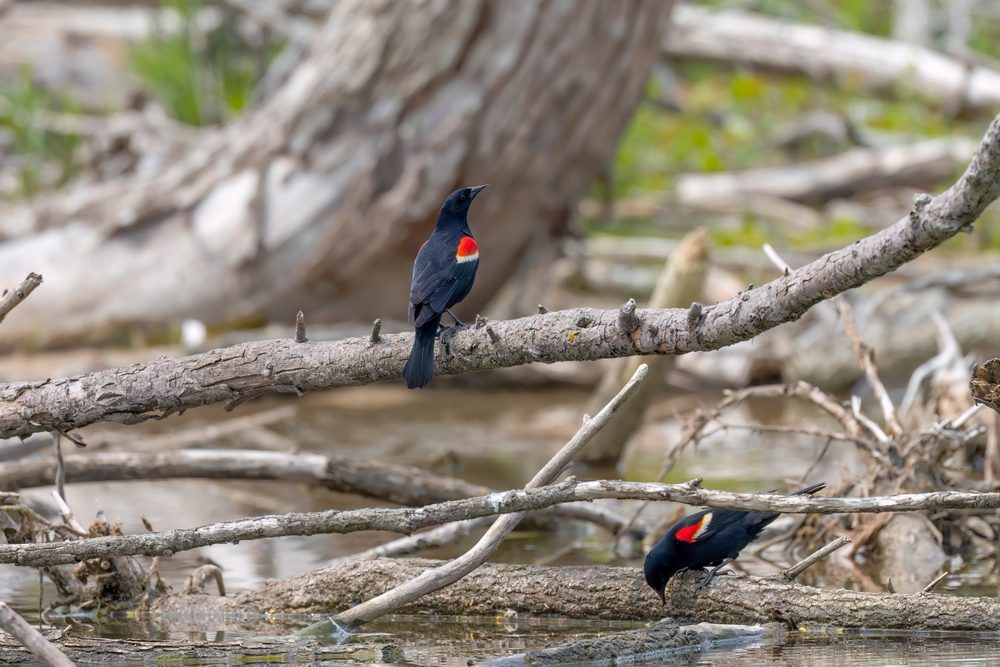
Not all red-winged blackbird populations migrate. Northern populations migrate south for the winter, some as far as 800 miles away. More southern and western populations remain in the same regions year-round.
The migratory journeys of red-wings are facilitated by stopover habitats along the way that provide food and shelter. Their winter grounds are concentrated in the southern United States and Mexico where food remains abundant through the colder months.
Factors Influencing Migration Patterns
The migration patterns of red-winged blackbirds are influenced by weather, food availability, and nesting needs. Colder temperatures and dwindling food sources in northern regions drive them southwards for the winter. The longer daylight hours and warmer weather of spring trigger them to return to breeding grounds.
Habitat loss along migratory routes can negatively impact red-winged blackbirds. Protecting wetlands and other stopover habitats helps support their annual journeys across the continent.
Distinction between Migratory and Resident Populations
Northern red-winged blackbird populations migrate south for winter while more southern groups remain year-round residents. The migratory groups must withstand longer journeys and adapt to a greater range of habitats and food sources over the course of a year.
Resident red-wing populations occupy the same wetland breeding territories year-round. They do not endure the same long migrations to overwintering grounds. However, their habitats may experience greater fluctuations in climate and food availability.
Journey South: Wintering Grounds
Destination: Southern United States and Mexico
The wintering grounds of migratory red-winged blackbirds center primarily across the southern United States into Mexico. They concentrate along the Gulf Coast, throughout Florida, and near the Mexico border along the Rio Grande River.
These southern habitats provide warmer climates and sufficient food sources from grain fields, wetlands, and marshlands for red-wings to overwinter. The birds gather in large mixed flocks until returning north in spring.
Behavior and Habits during Migration
During migration, red-wings form enormous flocks, sometimes numbering in the hundreds of thousands. They fly mainly during daylight hours, feeding heavily along the way to fuel their journey. Nights are spent roosting among wetland vegetation.
Red-wings exhibit a mixed migration strategy. Some fly the entire distance to and from wintering grounds. Others migrate in shorter segments, stopping to rest and feed in intermediate locations.
Unique Traits of Northern Populations’ Migration
The migration of northern red-wings is longer and more demanding than their southern counterparts. Their winter grounds may be 500-800 miles away, requiring nonstop flights across expansive geography and habitats.
These extreme migrations have led northern red-wings to develop fat reserves up to 40% of their body weight to fuel journeys. Their wing shapes are more pointed as well, allowing greater flight efficiency over such long distances.
Return to Breeding Grounds

Spring Migration: Returning Northwards
As daylight hours increase in early spring, hormones trigger red-wings to migrate back to northern breeding territories. Males arrive first to establish nesting sites, followed shortly after by females.
The return journeys follow similar routes as the fall migrations. Red-wings stop to rest and feed heavily along the way before reaching breeding grounds by mid-spring.
Nesting Territories and Breeding Habits
Male red-wings are highly territorial during the breeding season. They defend wetland nesting areas, perched conspicuously on tall reeds or cattails, flashing their brightly colored shoulder patches.
Females build nests of grasses and mud, hidden among dense marsh vegetation. They lay 2-5 eggs and incubate them for about two weeks. Both parents feed the hatchlings for another two weeks until they can leave the nest.
Non-Migratory Populations
Behavior of Central and Southern States’ Residents
Red-winged blackbird populations across the southern and central United States do not migrate. They maintain year-round residence across wetlands, marshes, and agricultural areas with sufficiently warm climates and adequate food.
These non-migratory groups still make small-scale movements between breeding and wintering habitats. But they do not undertake the long seasonal journeys that northern red-wings embark upon.
Contrasting Habits of Migratory and Non-Migratory Red-winged Blackbirds
The habits and adaptations of migratory versus non-migratory red-wings differ based on their needs. Migratory red-wings have more pointed wing shapes, larger fat reserves, and instincts to navigate across vast distances.
Resident red-wing populations focus more on defending localized territories and may benefit from greater familiarity with consistent food sources and predators within those habitats.
Conclusion of Red-winged Blackbird Migration
For northern red-winged blackbirds, migration is an epic annual journey spanning thousands of miles roundtrip. We can appreciate the remarkable adaptations that facilitate these incredible voyages driven by changing seasons.
Even resident red-wing populations have complex behaviors centered around breeding cycles and territoriality. Watching red-wings in both spring and winter habitats gives us a glimpse into the amazing phenomenon of migration that unfolds each year.



